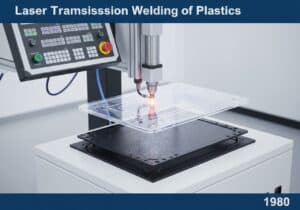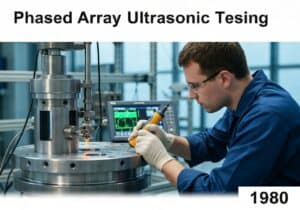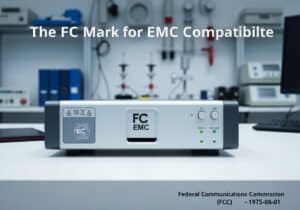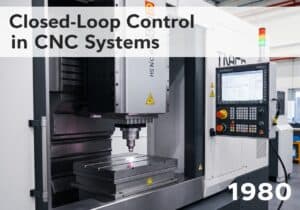A structured process that defines and establishes the steps necessary to ensure that a product satisfies the customer’s requirements and expectations, on time and at an acceptable cost.
- Methodologies: Manufacturing, Product Design, Project Management, Quality, Risk Management
Advanced Product Quality Planning (APQP)

Advanced Product Quality Planning (APQP)
- Advanced Product Quality Planning (APQP), Process Improvement, Product Development, Product Lifecycle Management, Quality Assurance, Quality Control, Quality Management, Quality Management System (QMS), Risk Management
Objective:
How it’s used:
- A cross-functional team follows a phased approach (typically 5 phases: Plan & Define; Product Design & Development; Process Design & Development; Product & Process Validation; Feedback, Assessment & Corrective Action) using various quality tools to develop and launch new products or processes.
Pros
- Ensures early identification and mitigation of risks; Promotes collaboration between suppliers and customers; Leads to smoother product launches with fewer problems; Focuses on meeting customer requirements throughout the product lifecycle.
Cons
- Can be a lengthy and document-intensive process; Requires significant upfront planning and resources; Effectiveness depends on active participation from all stakeholders and strong project management.
Categories:
- Manufacturing, Product Design, Project Management, Quality, Risk Management
Best for:
- Developing and launching new products or making significant changes to existing products/processes, particularly in the automotive and other manufacturing industries, to ensure quality and customer satisfaction.
Advanced Product Quality Planning (APQP) is particularly beneficial in industries where product reliability and compliance with safety standards are paramount, such as automotive manufacturing, aerospace, electronics, and medical devices. As teams embark on this structured framework, they can effectively incorporate various quality tools such as Failure Mode and Effects Analysis (FMEA), Design Reviews, and Control Plans at each phase, which ensures that potential issues are addressed well before reaching the consumer market. Companies like Ford, General Motors, and Toyota have successfully implemented APQP to not only enhance their product development cycles but also to strengthen relationships with suppliers by involving them in early discussions, which leads to better integration of materials and processes. One of the key contexts for APQP is during the initial stages of a project, where cross-functional teams consisting of design engineers, quality assurance personnel, marketing representatives, and manufacturing experts converge to define project specifications. The involvement of diverse stakeholders fosters a comprehensive understanding of customer requirements and regulatory standards, ensuring that all voices are heard in the design and development phases. As product and process validation unfolds, rigorous testing and inspections occur, enabling organizations to verify product conformance against defined quality benchmarks. In the feedback phase, retrospective assessments are conducted, allowing teams to learn from the launch experience, capture lessons learned, and implement corrective actions for future projects. This holistic approach not only mitigates risks associated with product failures but also boosts customer satisfaction through improved product quality and reliability, thereby enhancing the overall brand reputation in competitive markets.
Key steps of this methodology
- Identify customer needs and expectations.
- Develop product concepts and define preliminary requirements.
- Create detailed design and engineering specifications.
- Establish process flow and develop manufacturing plans.
- Conduct validation tests and reliability assessments.
- Implement feedback mechanisms for continuous improvement.
Pro Tips
- Integrate advanced simulation tools in the Design & Development phase to predict product performance and identify potential design flaws early.- Implement iterative feedback loops with robust metrics during Product & Process Validation to refine processes and align with evolving customer needs.- Utilize cross-functional workshops to enhance supplier collaboration, ensuring alignment on quality standards and expectations throughout the APQP phases.
To read and compare several methodologies, we recommend the
> Extensive Methodologies Repository <
together with the 400+ other methodologies.
Your comments on this methodology or additional info are welcome on the comment section below ↓ , so as any engineering-related ideas or links.
Historical Context
1974
1974
1978
1980
1980
1980
1980
1972
1974
1975-06-01
1980
1980
1980
1980
1980
(if date is unknown or not relevant, e.g. "fluid mechanics", a rounded estimation of its notable emergence is provided)















Related Posts
Musculoskeletal Discomfort Questionnaires
Multivariate Testing (MVT)
Multiple Regression Analysis
Motion Capture Systems
MoSCoW Method
Mood’s Median Test